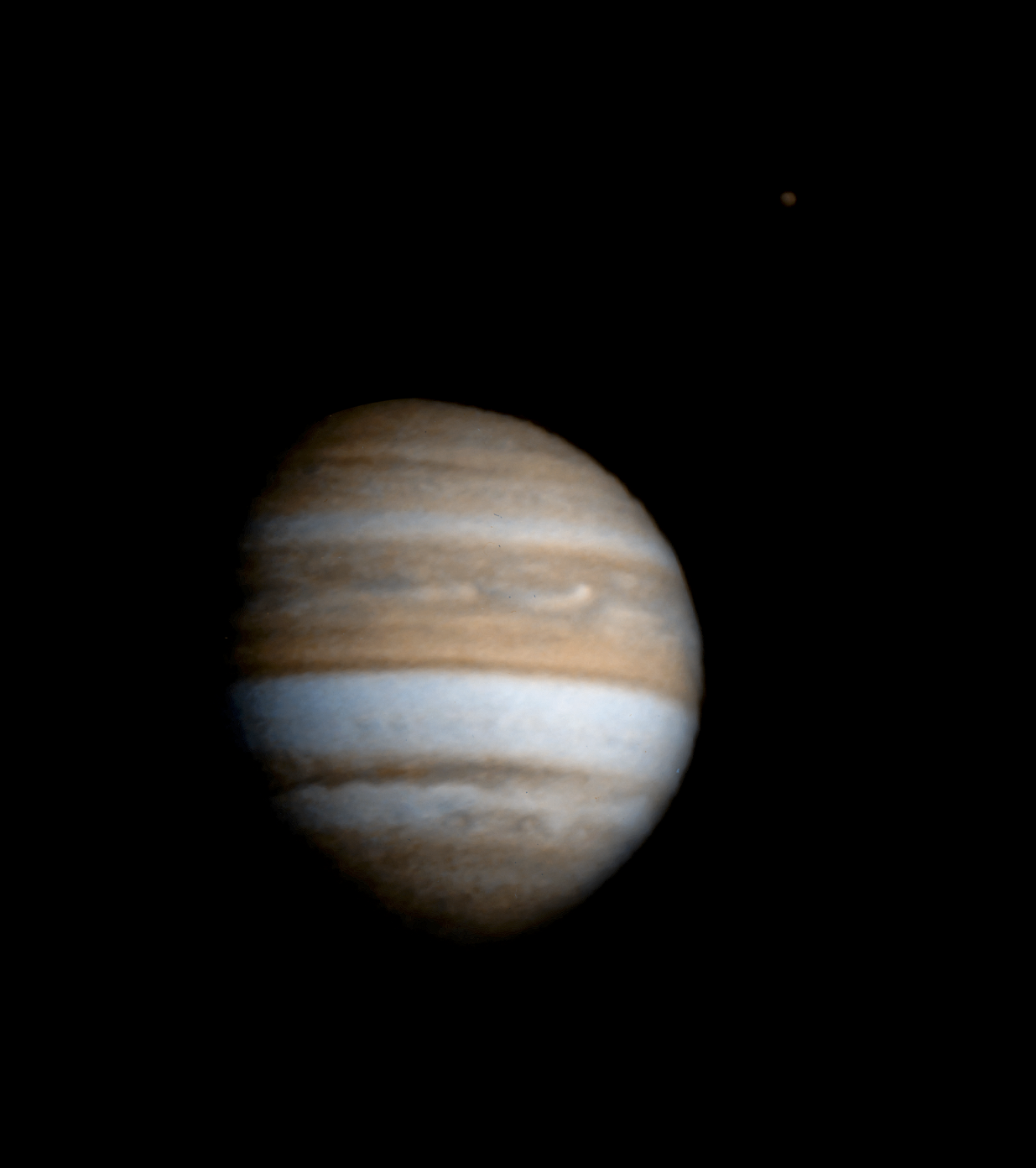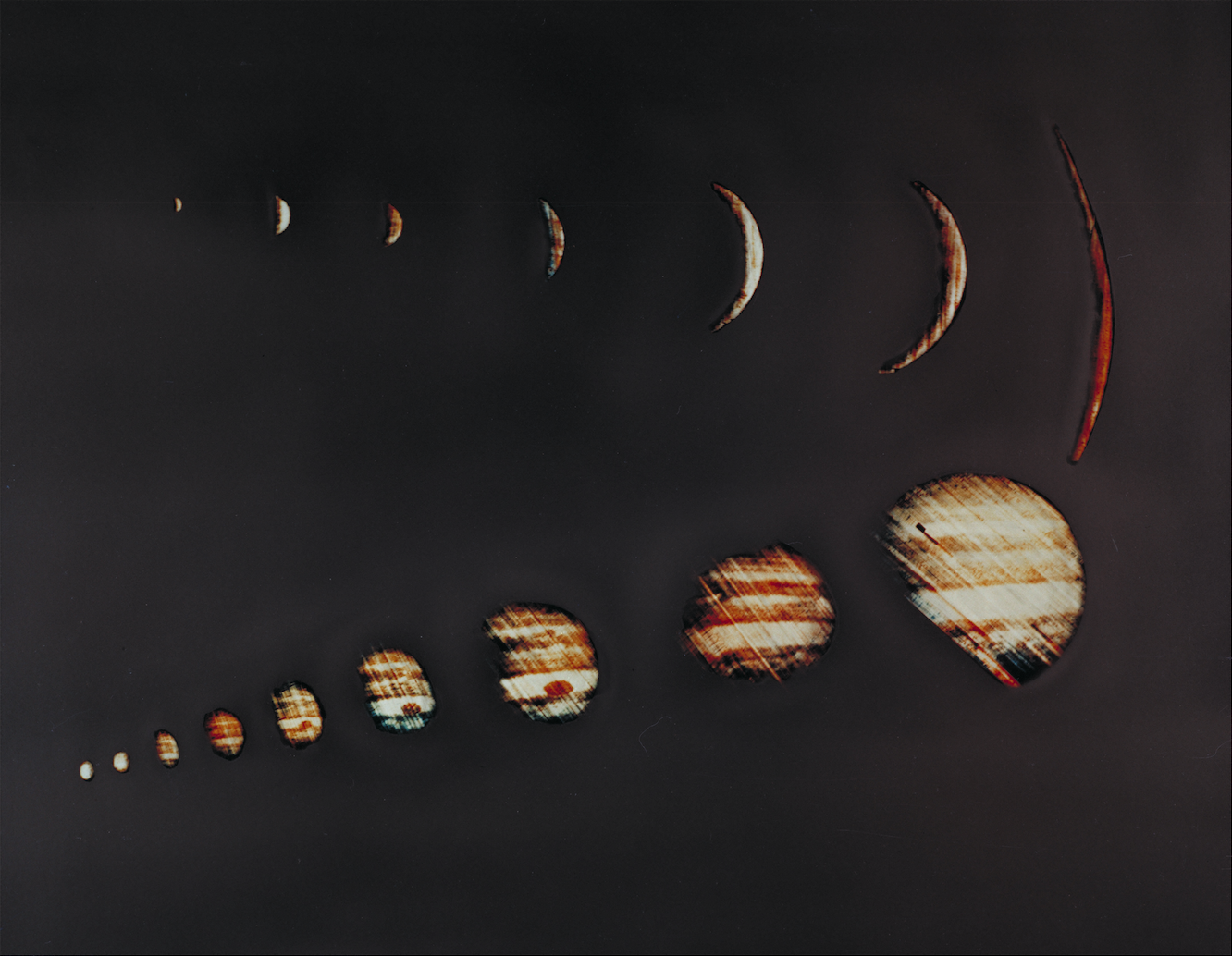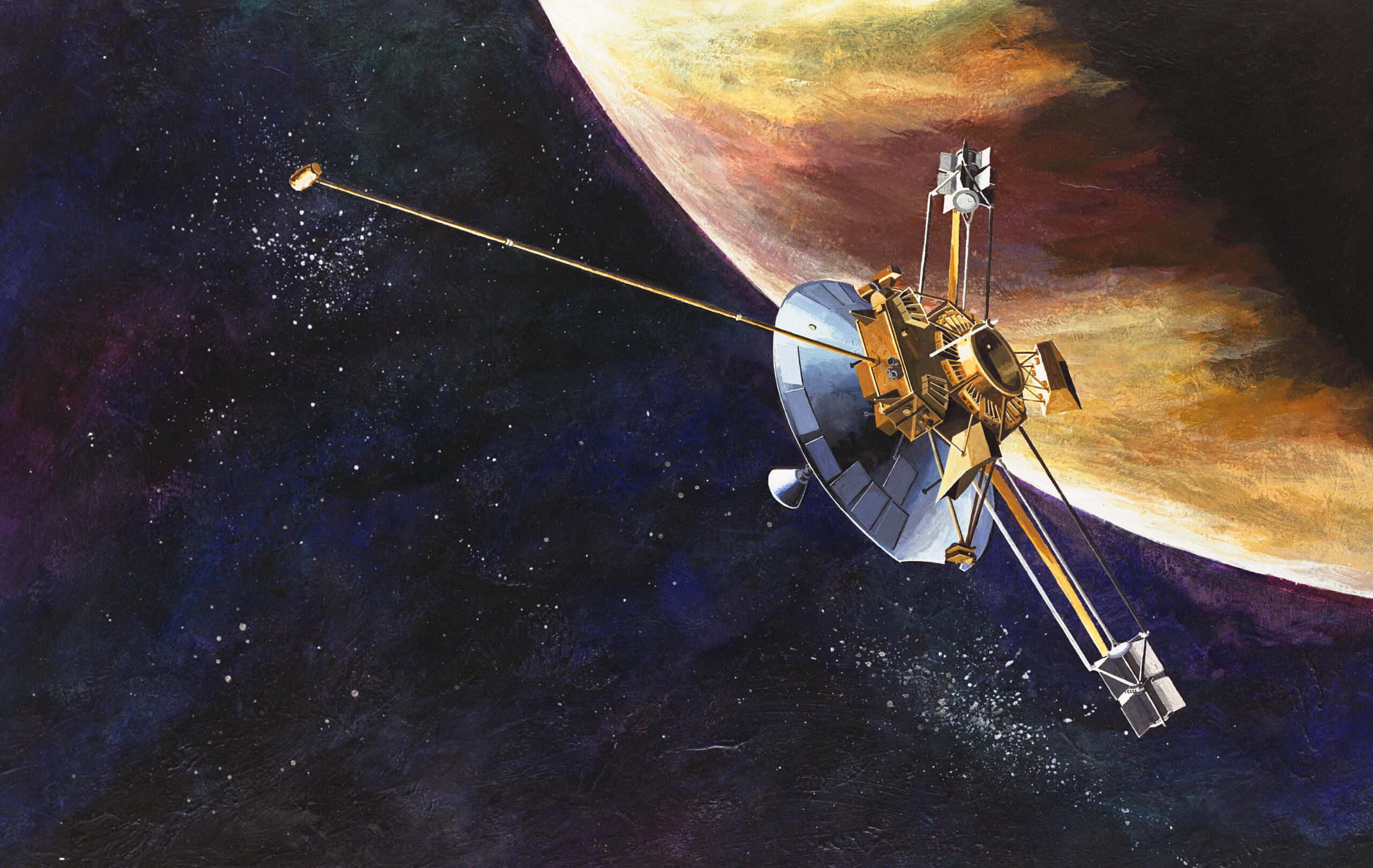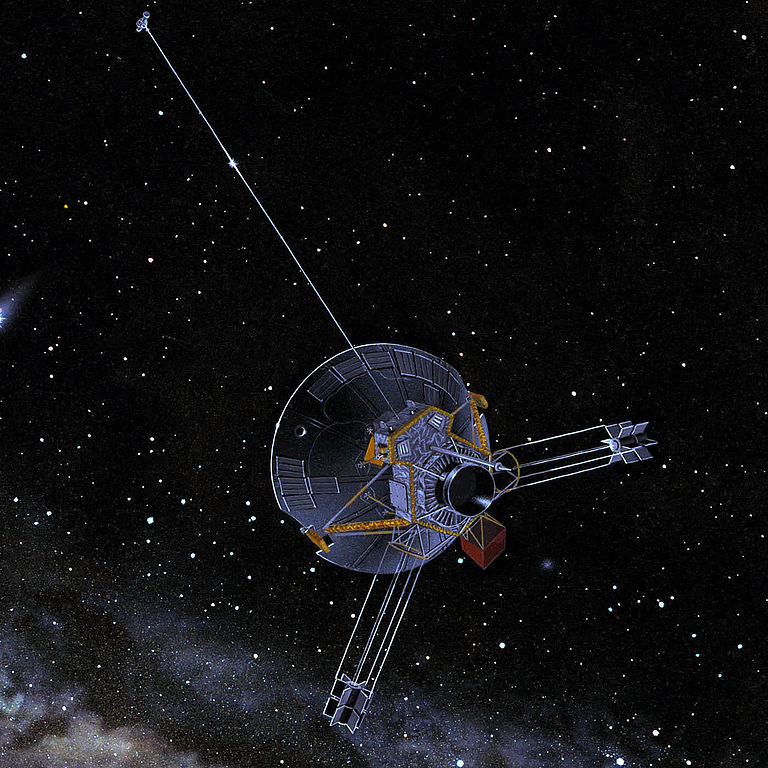
23 January 2003: The final, very weak signal from Pioneer 10 was received on January 23, 2003 when it was 12 billion kilometers (80 Astronomical Units) from Earth.
The space probe was launched from Earth at 01:49:00 UTC, 2 March 1972, aboard an Atlas Centaur rocket.
“On January 1, 2016, Pioneer 10 was predicted to be 114.07 a.u. from the Earth (about 10 billion miles); and traveling at 12.04 km/s (26,900 mph) (relative to the Sun) and traveling outward at about 2.54 a.u. per year. Voyager 2 is projected to pass Pioneer 10 by April 2019. Sunlight takes 14.79 hours to reach Pioneer 10. The brightness of the Sun from the spacecraft is magnitude −16.6. Pioneer 10 is heading in the direction of the constellation Taurus.
“If left undisturbed, Pioneer 10 and its sister craft Pioneer 11 will join the two Voyager spacecraft and the New Horizons spacecraft in leaving the Solar System to wander the interstellar medium. The Pioneer 10 trajectory is expected to take it in the general direction of the star Aldebaran, currently located at a distance of about 68 light years. If Aldebaran had zero relative velocity, it would require more than two million years for the spacecraft to reach it.” — Wikipedia
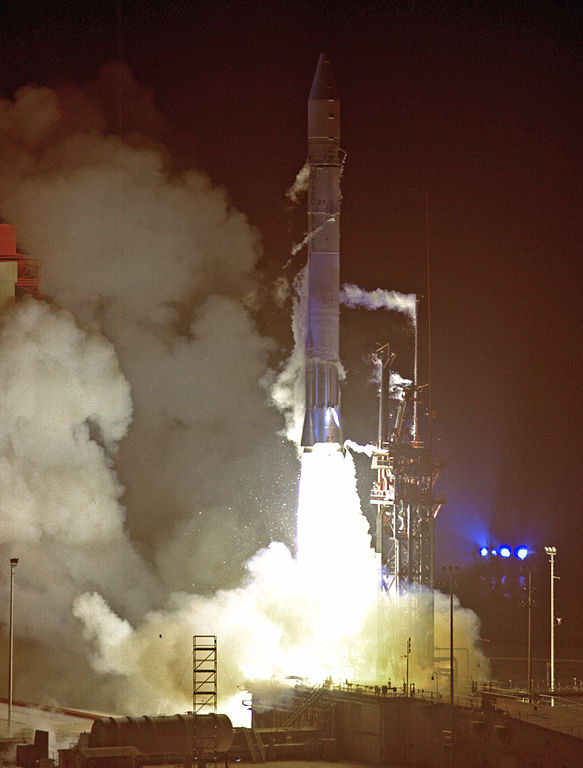
UPDATE: As of 22 January 2025, Pioneer 10 is 20,492,813,745.0+ kilometers (12,733,644,109.028+ miles) from Earth in the Constellation Taurus.
© 2025, Bryan R. Swopes
